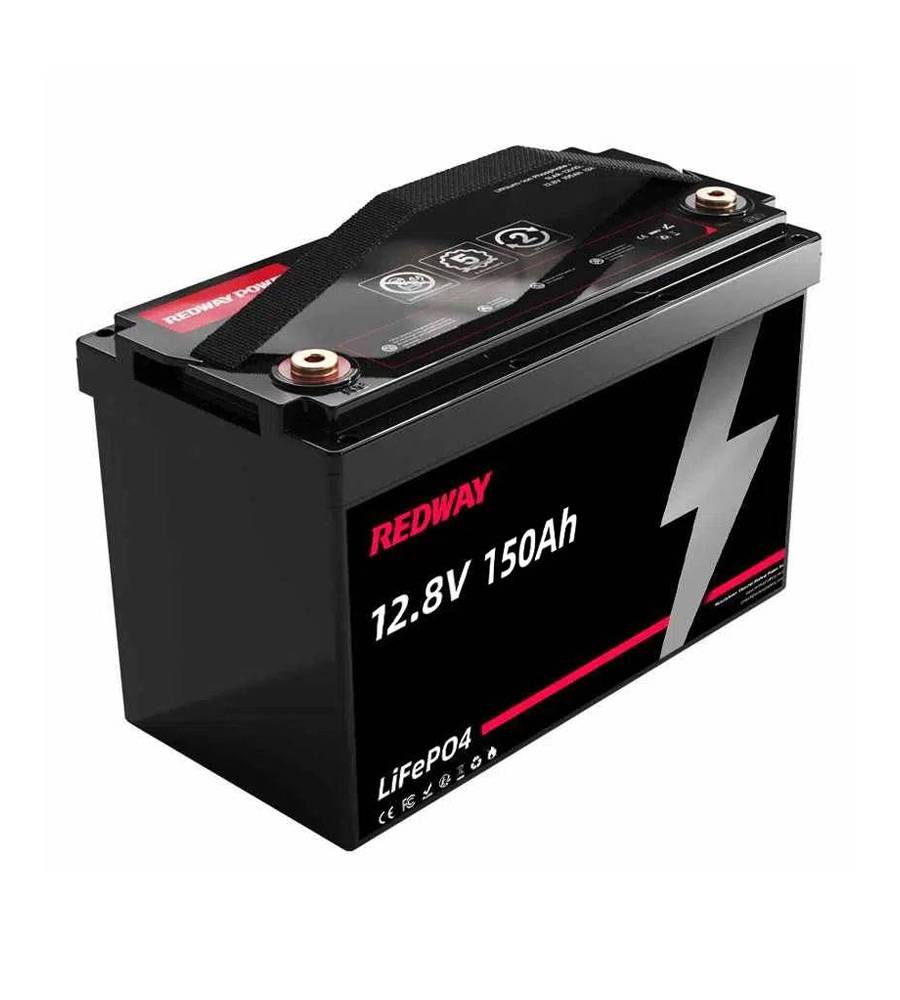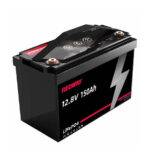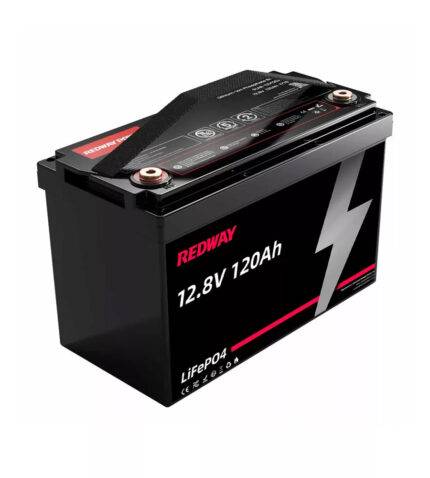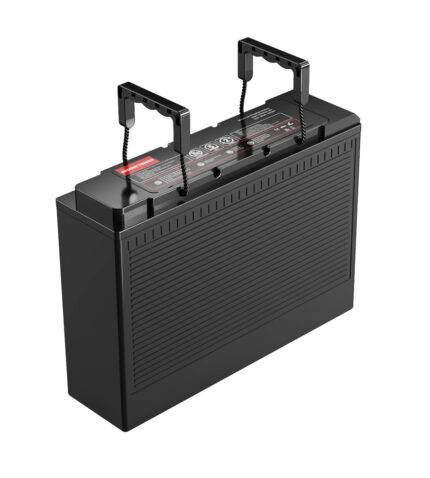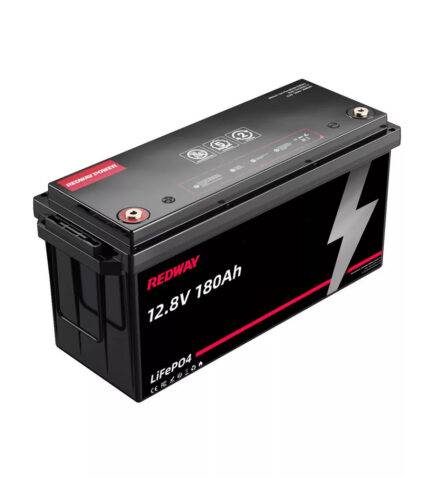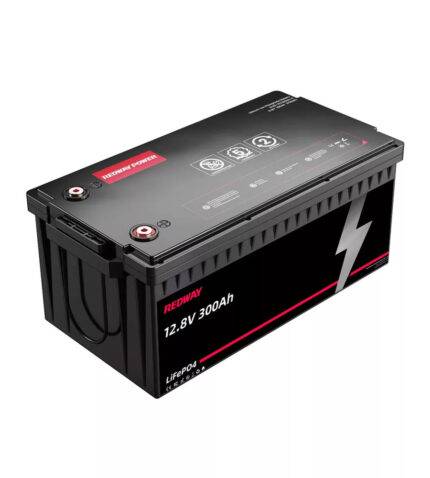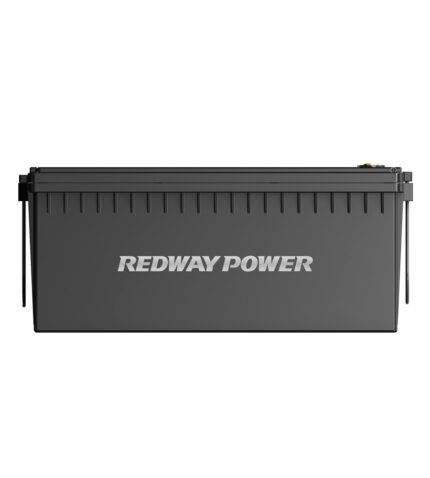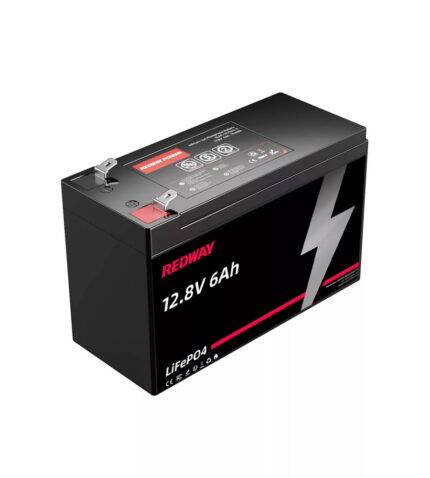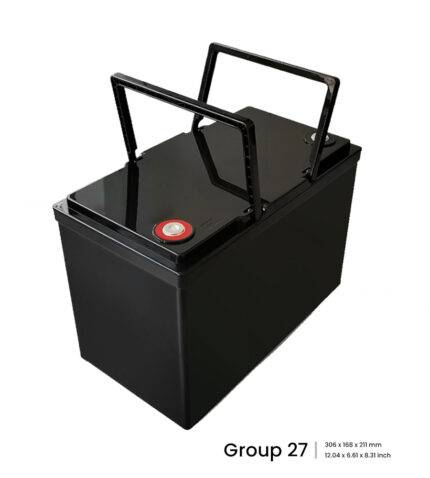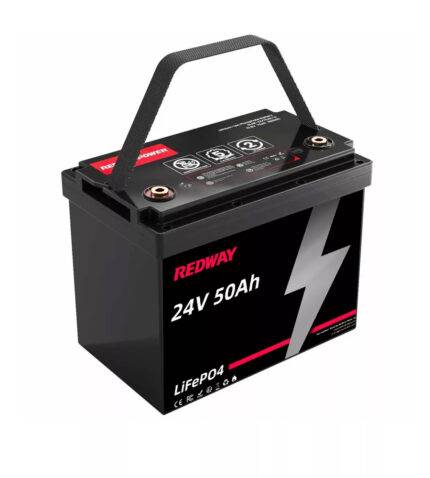- Forklift Lithium Battery
-
48V
- 48V 210Ah
- 48V 300Ah
- 48V 420Ah (949 x 349 x 569 mm)
- 48V 420Ah (950 x 421 x 450 mm)
- 48V 456Ah
- 48V 460Ah (830 x 630 x 590 mm)
- 48V 460Ah (950 x 421 x 450 mm)
- 48V 460Ah (800 x 630 x 600 mm)
- 48V 460Ah (820 x 660 x 470 mm)
- 48V 500Ah
- 48V 560Ah (810 x 630 x 600 mm)
- 48V 560Ah (950 x 592 x 450 mm)
- 48V 600Ah
- 48V 630Ah
-
48V
- Lithium Golf Cart Battery
- 12V Lithium Battery
12V 150Ah Lithium RV Battery
Bluetooth App | BCI Group 31
LiFePO4 Lithium
Discharge Temperature -20°C ~ 65°C
Fast Charger 14.6V 50A
Solar MPPT Charging - 24V Lithium Battery
- 36V Lithium Battery
- 48V Lithium Battery
-
48V LiFePO4 Battery
- 48V 50Ah
- 48V 50Ah (for Golf Carts)
- 48V 60Ah (8D)
- 48V 100Ah (8D)
- 48V 100Ah
- 48V 100Ah (Discharge 100A for Golf Carts)
- 48V 100Ah (Discharge 150A for Golf Carts)
- 48V 100Ah (Discharge 200A for Golf Carts)
- 48V 150Ah (for Golf Carts)
- 48V 160Ah (Discharge 100A for Golf Carts)
- 48V 160Ah (Discharge 160A for Golf Carts)
-
48V LiFePO4 Battery
- 60V Lithium Battery
-
60V LiFePO4 Battery
- 60V 20Ah
- 60V 30Ah
- 60V 50Ah
- 60V 50Ah (Small Size / Side Terminal)
- 60V 100Ah (for Electric Motocycle, Electric Scooter, LSV, AGV)
- 60V 100Ah (for Forklift, AGV, Electric Scooter, Sweeper)
- 60V 150Ah (E-Motocycle / E-Scooter / E-Tricycle / Tour LSV)
- 60V 200Ah (for Forklift, AGV, Electric Scooter, Sweeper)
-
60V LiFePO4 Battery
- 72V~96V Lithium Battery
- Rack-mounted Lithium Battery
- E-Bike Battery
- All-in-One Home-ESS
- Wall-mount Battery ESS
-
Home-ESS Lithium Battery PowerWall
- 24V 100Ah 2.4kWh PW24100-S PowerWall
- 48V 50Ah 2.4kWh PW4850-S PowerWall
- 48V 50Ah 2.56kWh PW5150-S PowerWall
- 48V 100Ah 5.12kWh PW51100-F PowerWall (IP65)
- 48V 100Ah 5.12kWh PW51100-S PowerWall
- 48V 100Ah 5.12kWh PW51100-H PowerWall
- 48V 200Ah 10kWh PW51200-H PowerWall
- 48V 300Ah 15kWh PW51300-H PowerWall
PowerWall 51.2V 100Ah LiFePO4 Lithium Battery
Highly popular in Asia and Eastern Europe.
CE Certification | Home-ESS -
Home-ESS Lithium Battery PowerWall
- Portable Power Stations
12V 150Ah Lithium Battery (Group 31)
• Cell: LiFePO4 (LFP)
• Used for: RV, Motorhome, Marine, Boat, Fishing-Boat, Yacht, Cruises, Sailboat, Camping, Backup Power, UPS, Off-Grid Livestyle, Solar System, Solar ESS, etc.
• MOQ: 5
• Delivery: 15 Days
• Customizable / OEM / ODM: Yes
• Factory: Redway, Dongguan, Guangdong, China
• Delivery Terms: FOB, EXW, CIF
• Payment: T/T, L/C, PayPal
• Sea / Air / Land Shipment: 10FT, 20FT, 40FT, 60FT
Description
Unlock the power of versatility with the 12V 150Ah Lithium Battery (Group 31) from Redway Power. Designed with LiFePO4 technology, this high-capacity battery is ideal for a wide range of applications, including RVs, marine, camping, and off-grid systems. With a robust performance and customizable features, it’s perfect for OEM, ODM, and wholesale buyers seeking reliable energy solutions.
Key Features:
- High Capacity: Offers a nominal voltage of 12.8V and a capacity of 150Ah, providing a substantial energy output of 1920Wh for extended use.
- Long Cycle Life: Engineered for over 6000 cycles at 80% Depth of Discharge (DOD), ensuring durability and longevity in demanding environments.
- Compact Design: Dimensions of 330 x 172 x 215 mm (13 x 6.8 x 8.4 inches) and a weight of approximately 14 kg, making it easy to install in various setups.
- IP65 Rating: Provides excellent protection against dust and water ingress, making it suitable for marine and outdoor applications.
- Customizable Options: Available for OEM/ODM customization, allowing you to tailor specifications such as heating features, Bluetooth connectivity, and more.
Product Description:
The Redway Power 12V 150Ah Lithium Battery (Group 31) is engineered to meet the energy demands of diverse applications, including RVs, motorhomes, boats, and solar systems. With a maximum continuous charge and discharge current of 100A, this battery ensures efficient energy management for all your power needs.
Constructed with high-quality ABS material, this battery is built to withstand various environmental conditions. It operates effectively within a temperature range of 0°C to 60°C for charging and -20°C to 65°C for discharging.
With an internal resistance of less than 10mΩ and the ability to connect up to four batteries in parallel, this lithium battery offers flexibility and scalability for larger power systems. The warranty period of 5 years provides peace of mind regarding its reliability.
Ideal for OEMs, wholesalers, and those seeking high-performance energy solutions, the Redway Power 12V 150Ah Lithium Battery stands out as a top choice in the market. Contact us today to explore customization options and bulk purchasing benefits!


Specifications
Download 12V 150Ah Datasheet
Note: Our products are customizable, allowing customers to modify the main data according to their requirements.
| 12V150Ah | Specifications |
|---|---|
| Cell Type | LiFePO4 (LFP) |
| Nominal Voltage | 12.8V |
| Nominal Capacity | 150Ah |
| Nominal Energy | 1920Wh |
| Max Charge Voltage | 14.6V |
| Discharge Cut-off Voltage | 10V |
| Max Continues Charge Current | 100A |
| Max Continues Discharge Current | 100A |
| Dimensions [L x W x H] | 330 x 172 x 215 mm (13 x 6.8 x 8.4 inches) Group 31 |
| Weight | ~14 kg |
| IP Rating | IP65 |
| Internal Series / Parallel | 4S10P |
| Max Parallel | 4 |
| Internal Resistance | ≤10mΩ |
| Cycle Life | >6000 cycles (DOD 80%) |
| Self-Discharge | 1.5% (Per month) |
| Charge Temperature | 0°C ~ 60°C |
| Discharge Temperature | -20°C ~ 65°C |
| Optional Upgrades | Self-heating / Bluetooth / App / WiFi / 4G / GPS / LCD display / RS485 / RS232 / CAN-bus / Solar Panel / Solar MPPT / etc. |
| Charger | Optional |
| BMS | Overcharge / Over voltage / Over current / Overload / Overheat / Low temperature / Low voltage / Short circuit / etc. |
| Terminal | M8 |
| Battery Shell | ABS |
| Warranty | 5 Years |
| Silkscreen / Label / Laser Logo | Yes |
| User Manual | Yes |
| Customization / OEM / ODM | Yes |
| Shipment | Yes |
| Certifications | UL 1642, IEC 62619, IEC 62133, CE, RoHS, MSDS, UN38.3 |
Applications and FAQs
What is the difference between a 100Ah and a 150Ah battery?
The difference between a 100Ah and a 150Ah battery lies in their capacity. The 150Ah battery can store 50% more energy than the 100Ah version, providing longer runtimes for devices. This increased capacity is beneficial for applications requiring extended use without frequent recharging.
How many solar panels are needed for a 12V 150Ah battery?
To charge a 12V 150Ah battery, you typically need about 300W to 450W of solar panels. This range allows for efficient charging under various sunlight conditions while accounting for losses in efficiency due to weather or panel orientation.
What is the difference between a 150Ah and a 200Ah battery?
The primary difference between a 150Ah and a 200Ah battery is their capacity; the 200Ah battery can store approximately 33% more energy than the 150Ah version. This results in longer runtimes but requires compatible charging systems to handle the increased capacity effectively.
How big of a battery do I need for a 1000 watt inverter?
For a 1000 watt inverter, you typically need a battery with at least 100Ah capacity at 12V. This ensures sufficient power delivery during operation. However, larger capacities may be required based on usage duration and inverter efficiency.
Can I connect 12V 100Ah and 12V 200Ah batteries in parallel for a 12V system?
Yes, you can connect 12V 100Ah and 12V 200Ah batteries in parallel, but it's not ideal. Differences in capacity can lead to uneven charging and discharging rates, potentially damaging both batteries. It's best to use batteries of the same type and capacity for optimal performance.
What happens if amps are too high?
If amps are too high for an electrical system, it can cause overheating of wires and components, potentially leading to damage or failure. Circuit breakers or fuses are designed to protect against this by interrupting current flow when excessive amps are detected.
Do batteries with higher Ah last longer?
Batteries with higher Ah ratings generally provide longer runtimes compared to lower Ah batteries. However, their lifespan also depends on usage patterns, maintenance practices, and overall quality rather than just amp-hour ratings alone.
Will a bigger battery hurt my alternator?
Using a bigger battery generally won't hurt your alternator as long as it's compatible with your vehicle's electrical system. However, ensure that your alternator can handle the increased load during charging; otherwise, it may lead to premature wear or failure.
What does group 31 mean on a battery?
Group 31 refers to a specific size classification for lead-acid batteries, indicating dimensions standardized by the Battery Council International (BCI). These batteries are commonly used in marine and heavy-duty applications due to their robust design and high capacity.
What does 31 mean on a battery?
The "31" on a battery indicates its group size as defined by the Battery Council International (BCI). Group size determines physical dimensions and terminal placement, ensuring compatibility with specific applications like marine or commercial vehicles.
What is the difference between Group 31 and 34 batteries?
The main difference between Group 31 and Group 34 batteries lies in their size and capacity. Group 31 batteries are larger with higher amp-hour ratings, making them suitable for heavy-duty applications, while Group 34 batteries are smaller and often used in lighter vehicles.
How do you test a group 31 battery?
To test a Group 31 battery, use a multimeter to measure its voltage while fully charged. A healthy battery should read around 12.6 volts or higher. Additionally, perform a load test using a load tester to assess its ability to deliver power under load conditions.
What do group numbers mean on batteries?
Group numbers on batteries indicate standardized sizes defined by the Battery Council International (BCI). These numbers help consumers identify compatible batteries based on physical dimensions, terminal placement, and intended applications across various vehicles and equipment.
What's the difference between a group 24 battery and a group 27?
The difference between Group 24 and Group 27 batteries primarily lies in their physical dimensions and capacity. Group 27 batteries are larger than Group 24 batteries, offering higher amp-hour ratings suitable for applications requiring more power or longer runtimes.
What's the difference between a group 24 and a group 31 battery?
The difference between Group 24 and Group 31 batteries is mainly in size and capacity; Group 31 batteries are larger with higher amp-hour ratings compared to Group 24. This makes Group 31 better suited for heavy-duty applications requiring more power.
Are group 27 and 31 batteries the same size?
No, Group 27 and Group 31 batteries are not the same size. Group 27 batteries are smaller than Group 31 batteries. The different sizes reflect their varying capacities and intended applications; Group 31 is used for heavier loads while Group 27 is suitable for lighter applications.
Which is better, Li-ion or LiFePO4?
Both Li-ion (Lithium-ion) and LiFePO4 (Lithium Iron Phosphate) have their advantages. LiFePO4 offers greater thermal stability, safety, and longer cycle life compared to standard Li-ion batteries. However, Li-ion generally has higher energy density, making it more compact for certain applications. The choice depends on specific needs like safety versus space efficiency.














